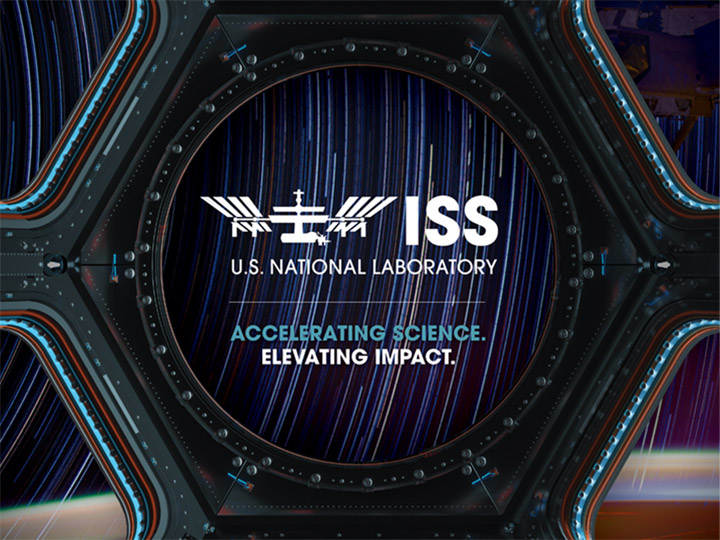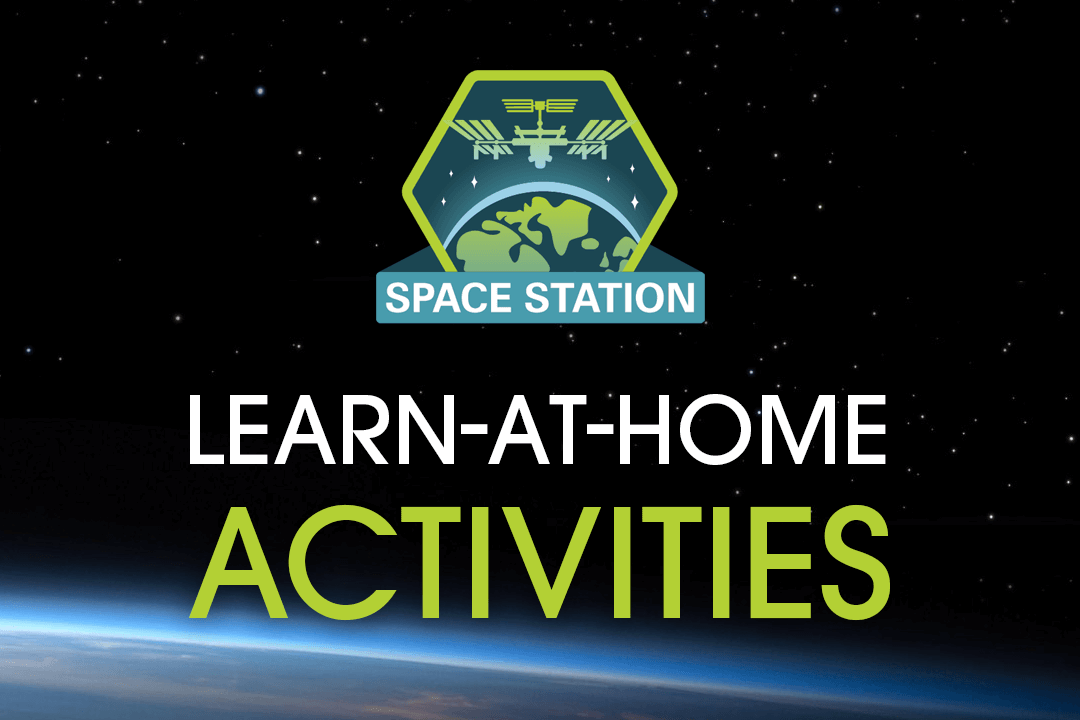Materials engineers have developed self-healing plastics, metals, ceramics, and concrete. These materials can repair damage to themselves automatically, without any external intervention. We are working with this relatively new technology in our experiment, “Efficiency of a Self-Healing Material in Microgravity.” The experiment launched to the International Space Station on Northrop Grumman’s 10th commercial resupply services mission in November 2018.

Team Waffle designed this patch for an experiment studying a self-healing material in microgravity.
Media Credit: Image courtesy of Higher Orbits
On spacecraft, self-healing materials could automatically fix punctures and other hull damage from micrometeorite impacts. On space vehicles and surface structures such as planetary outposts, self-healing materials could protect against the development of microfractures. This would allow components to last longer without needing to be repaired or replaced.
We are studying a type self-healing concrete that uses Bacillus subtilis bacteria. Will this material be able to self-heal in microgravity? We hypothesize that it will, because the biological and chemical processes that mend the concrete do not depend on gravity.
Technicians at Space Tango helped to build the experiment with our team’s input. The experimental apparatus fits into a Space Tango CubeLab and contains a pre-broken piece of concrete and two small containers of liquid. One liquid is a solution with sporulated Bacillus subtilis bacteria. The other is a “healing solution” of nutrients and chemicals useful to the bacteria.
Below is a summary of our experiment:

Media Credit: Image courtesy of Adapted from a Higher Orbits image
- On Earth, the concrete is broken before being installed in the Space Tango CubeLab.
- A sturdy mount holds the concrete with the broken face exposed.
- The two liquids—one with the bacteria and one with the healing solution—are pumped through flexible tubing to a nozzle that releases them, drop by drop, onto the broken concrete. On Earth, we could position the nozzle above the concrete and let the liquids drip down onto the surface. But in microgravity, the liquid droplets float freely instead of falling! This means that the nozzle must be in direct contact with the surface.
- The healing solution makes the sporulated bacteria “wake up” and become active.
- The bacteria use chemicals in the healing solution to produce limestone. The gradual buildup of limestone fills the cracks and holes in the broken concrete surface.
- A high-definition camera records images at intervals to document the healing process over time.
- The sample is returned to Earth, processed by Space Tango, and sent back to our team for qualitative observations and quantitative measurements.
We will study the sequence of images from the camera to estimate the efficiency of the healing process. The images will also help us confirm proper function of the apparatus and notice if anything goes wrong. When Space Tango returns the CubeLab to us after flight, we will observe our sample and measure its mass to determine how much limestone the bacteria produced.
We hope that our results will lay the foundation for future experimentation and development of self-healing materials that could be useful on Earth and in space!
Acknowledgements
Team Waffle would like to send special thanks to Michelle Lucas at Higher Orbits for making this opportunity possible. We would also like to thank our families and friends, especially Zach Bell, for their support throughout this process.







